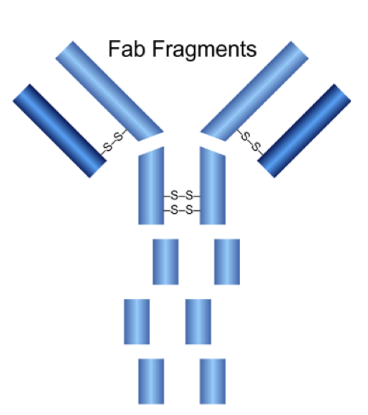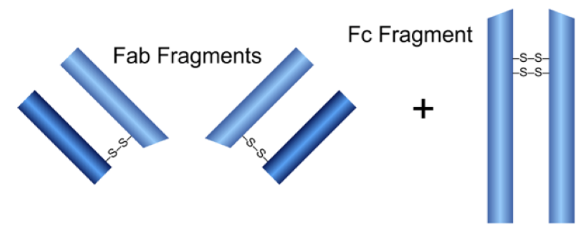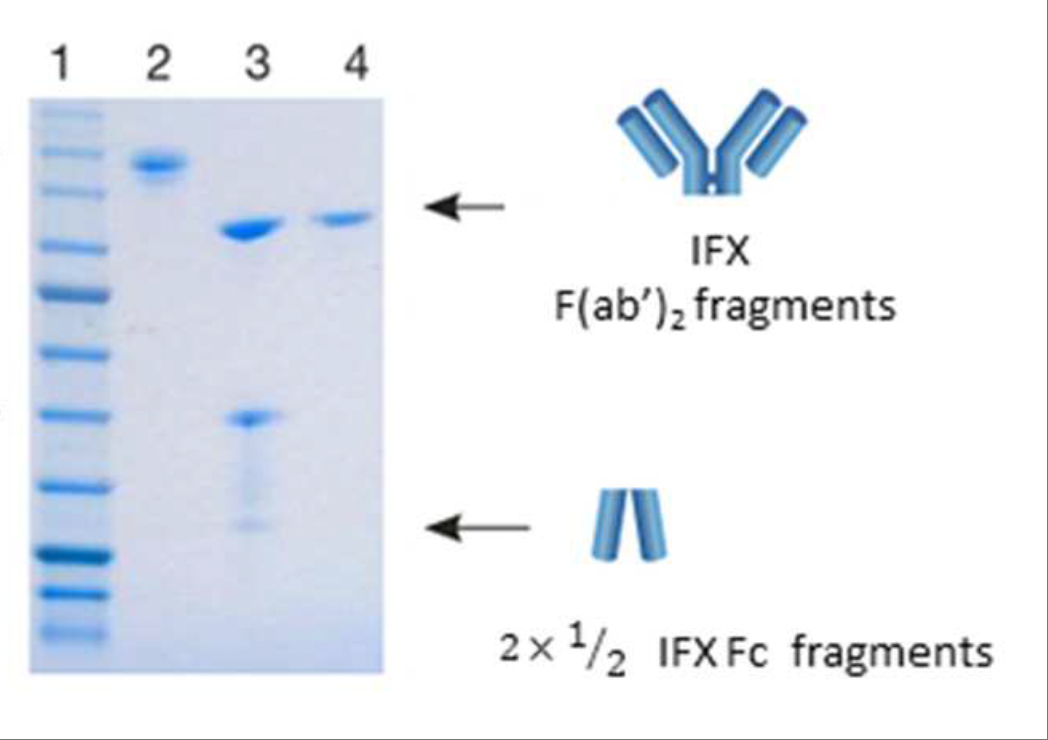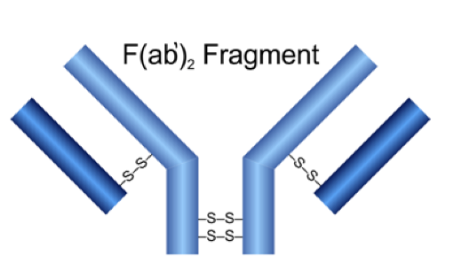Cat. No.
MABL-246
Application
RIA, therapeutic, ELISA
Isotype
Engineer antibody
Species Reactivity
Species independent
Clone No.
6H4 S93T
From
Recombinant Antibody
Specificity
This antibody is capable of recognizing methamphetamine, amphetamine, 3,4- methylenedioxymethamphetamine (MDMA) and 4-OH-METH. Methamphetamine is a potent central nervous system (CNS) stimulant that is mainly used as a recreational drug and less commonly as a second-line treatment for attention deficit hyperactivity disorder and obesity. In low to moderate doses, methamphetamine can elevate mood, increase alertness, concentration and energy in fatigued individuals, reduce appetite, and promote weight loss. At very high doses, it can induce psychosis, breakdown of skeletal muscle, seizures and bleeding in the brain. Chronic high-dose use can precipitate unpredictable and rapid mood swings, stimulant psychosis (e.g., paranoia, hallucinations, delirium, and delusions) and violent behavior.
Alternative Names
METH; Ecstasy; MDMA; AMP; N-methylamphetamine; amphetamine; N α- dimethylphenethylamine; desoxyephedrine; crystal meth; drug; CAS:537-46-2; CHEBI:6809; ChEMBL:1201201; (+)-4-(5-carboxypentyl)methamphetamine; (+)3 4-methylenedioxymethamphetamine; 4- OH-METH
UniProt
Immunogen
The original antibody was generated by immunizing female BALB/c mice with a hapten called METH P6 or (S)-(+)-4-(5-carboxypentyl)methamphetamine. Later on a point mutation was introduced into the original antibody to generate an affinity improved version.
Application Notes
This antibody is an affinity improved version of antibody 6H4 that has a 3.1 fold enhancement in affinity for METH and 26 fold for AMP (PMID: 24419156). The original IgG1 version of 6H4 antibody binds methamphetamine with a binding affinity of Kd=11nM. The initial binding characterization of this antibody was done using ELISA (US7858756). The scFv version of this antibody was reported to bind (+)-METH with a binding affinity of kd=10nM. The binding affinity of the scFv version 6H4 for METH and similar drugs was determined by bead-based radioimmunoassay (RIA) (PMID: 18192498). To test the in vivo
efficacy of the scFv6H4, male Sprague Dawley rats were implanted with 3-day sc osmotic pumps delivering
3.2 mg/kg/day METH. The scFv was stable for an extended period of time in vivo and was able to significantly redistribute METH into serum for at least 4 hrs. PCKN data suggested that the multivalent forms of scFv6H4 were primarily responsible for the longer term METH binding in serum, even though the scFv6H4 dose was primarily composed of monomer (75%) (PMID: 18192498). The scFv version of this antibody was also used in the generation of an adeno-associated viral (AAV)-delivered DNA sequence for a single-chain variable fragment or AAV8 scFv construct for long term continuous expression of anti-METH antibody fragments in mice. Mice expressed each scFv for at least 212 days, achieving micromolar scFv concentrations in serum. The circulating scFvs were capable of decreasing brain METH concentrations by up to 60% and sequestering METH in serum for 2 to 3 hrs. (PMID: 29958300). The crystal structure revealed that scFv6H4 binds to METH and MDMA in a deep pocket that almost completely encases the drugs mostly through aromatic interactions. In addition, the cationic nitrogen of METH and MDMA forms a salt bridge with the carboxylate group of a glutamic acid residue and a hydrogen bond with a histidine side chain. There are two water molecules in the binding pocket and one of them is positioned for a C—H⋯O interaction with the aromatic ring of METH (PMID: 19760665).
Antibody First Published
Thakkar et al. Affinity improvement of a therapeutic antibody to methamphetamine and amphetamine through structure-based antibody engineering. Sci Rep. 2014 Jan 14;4:3673. PMID:24419156
Note on publication
Describes the affinity improvement of an anti-methamphetamine antibody 6H4.
Size
100 μg Purified antibody.
Concentration
1 mg/ml.
Purification
Protein A affinity purified
Buffer
PBS with 0.02% Proclin 300.
Storage Recommendation
Store at 4⁰C for up to 3 months. For longer storage, aliquot and store at - 20⁰C.





